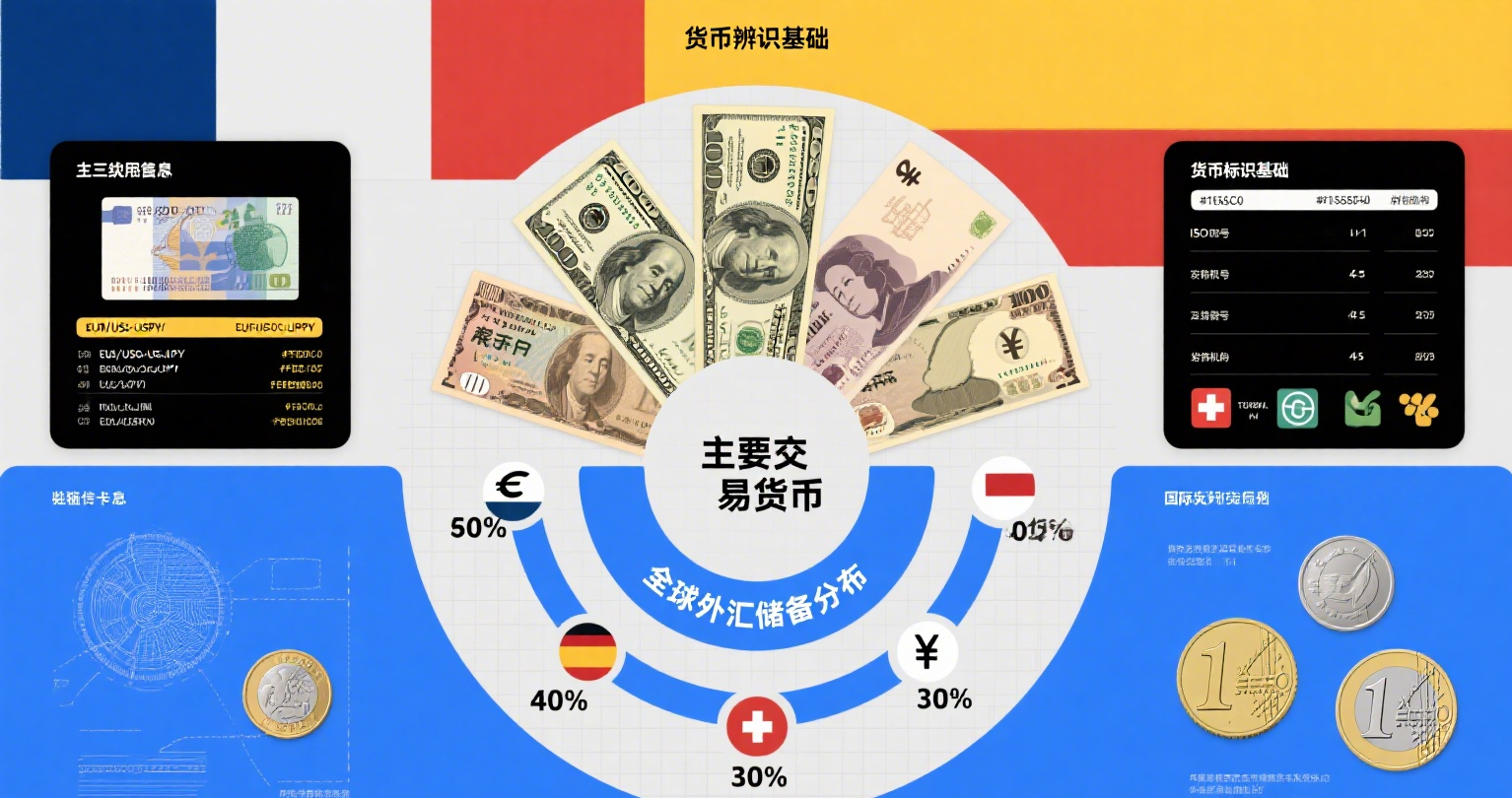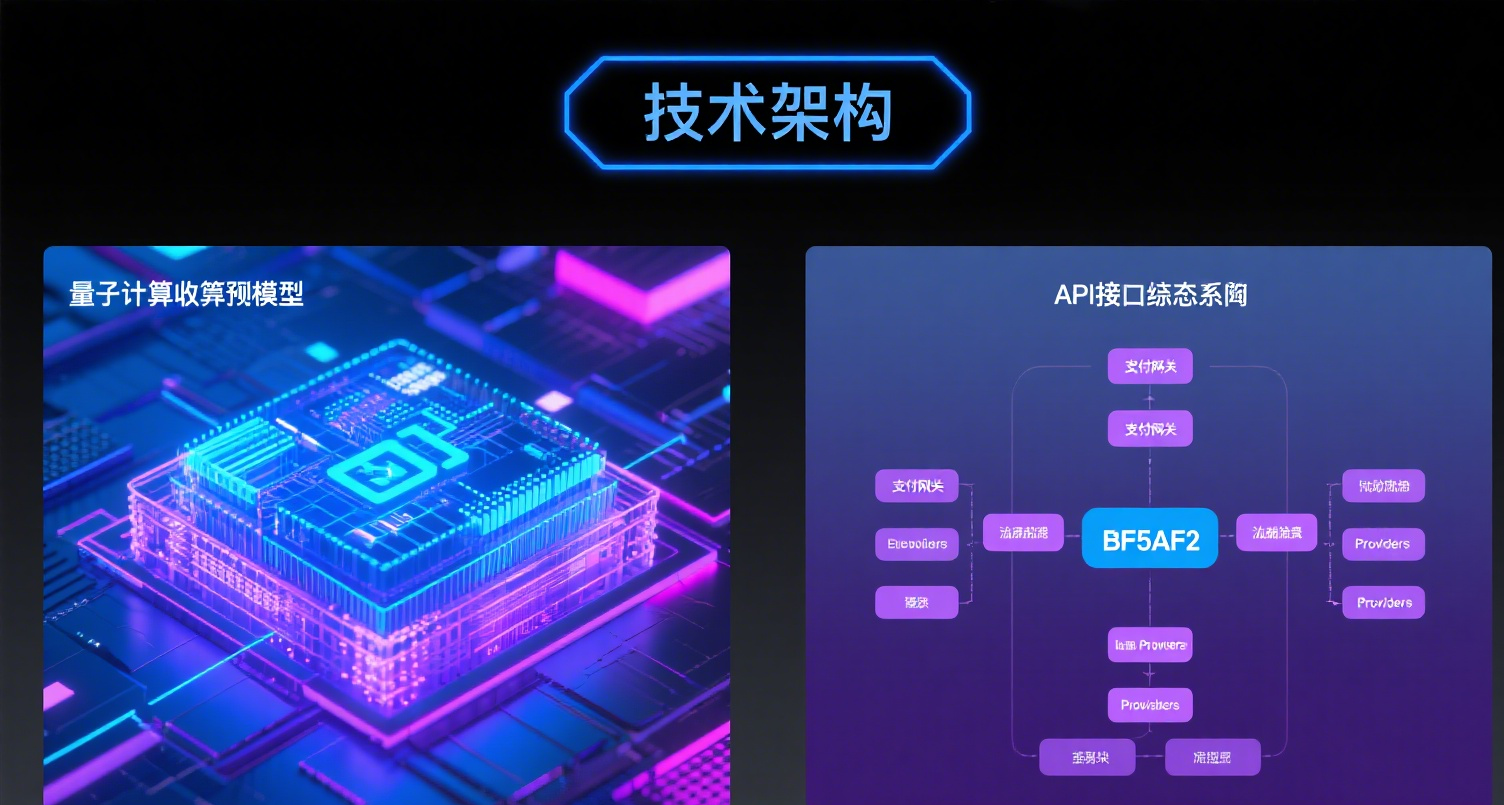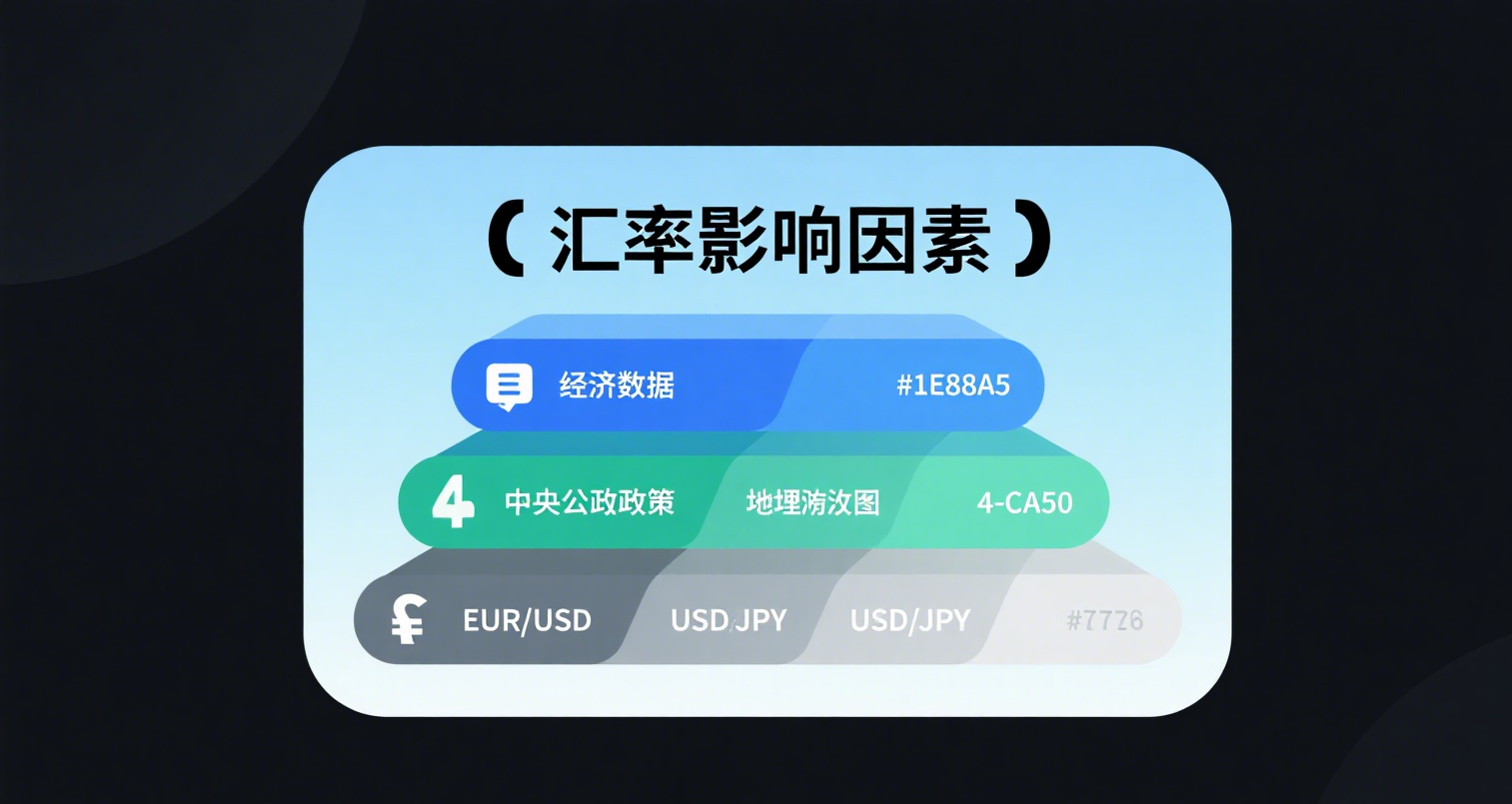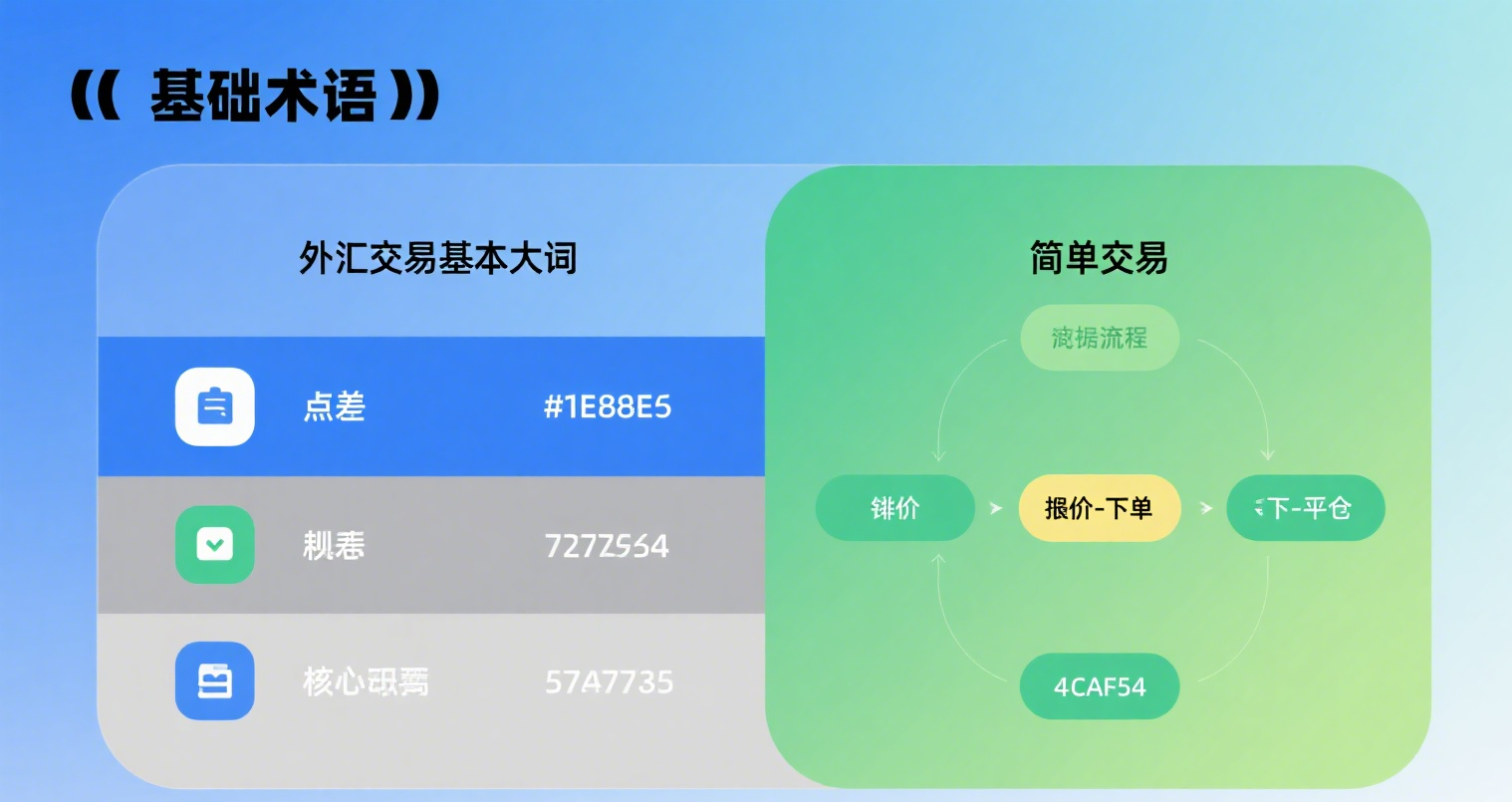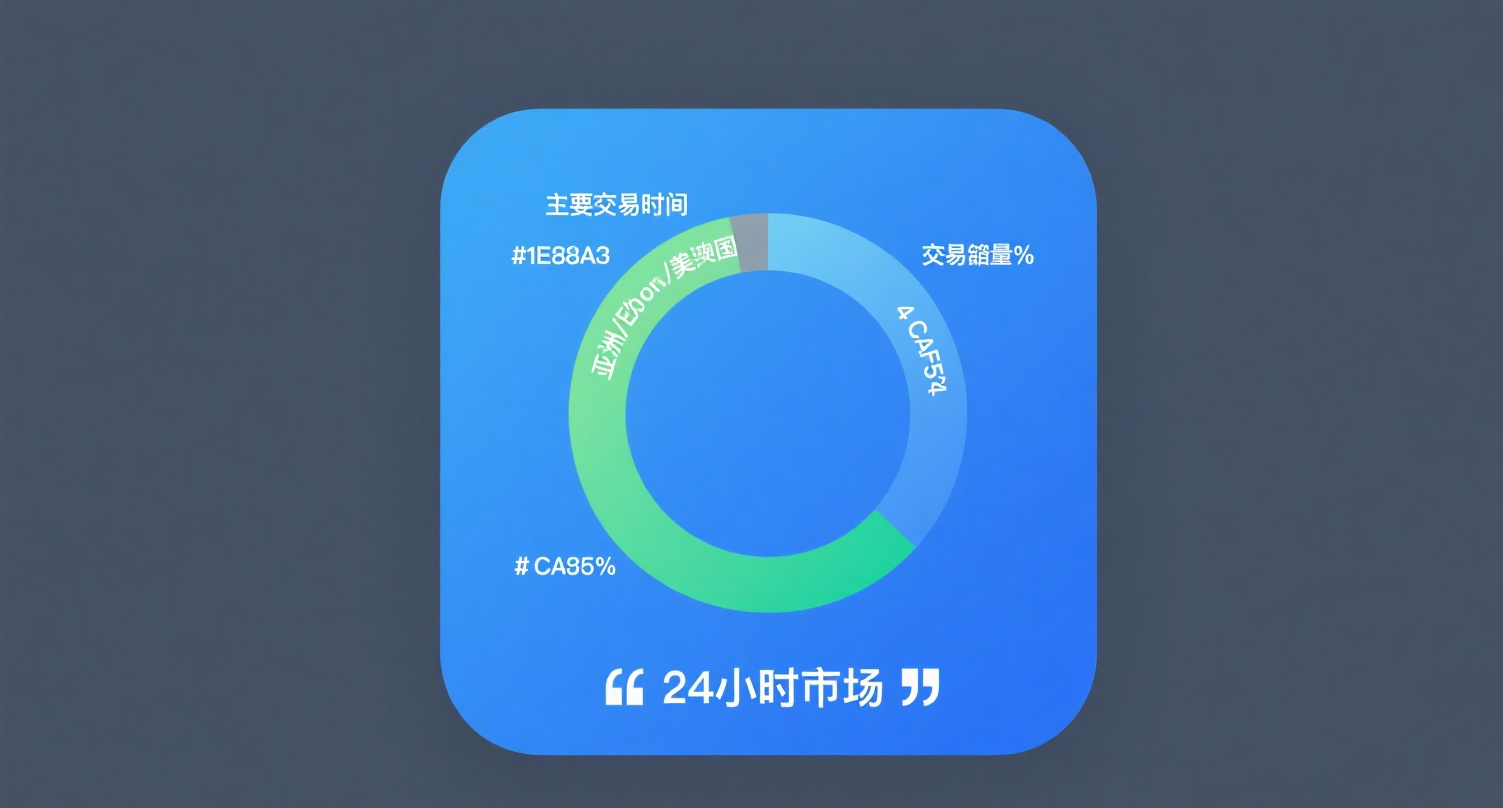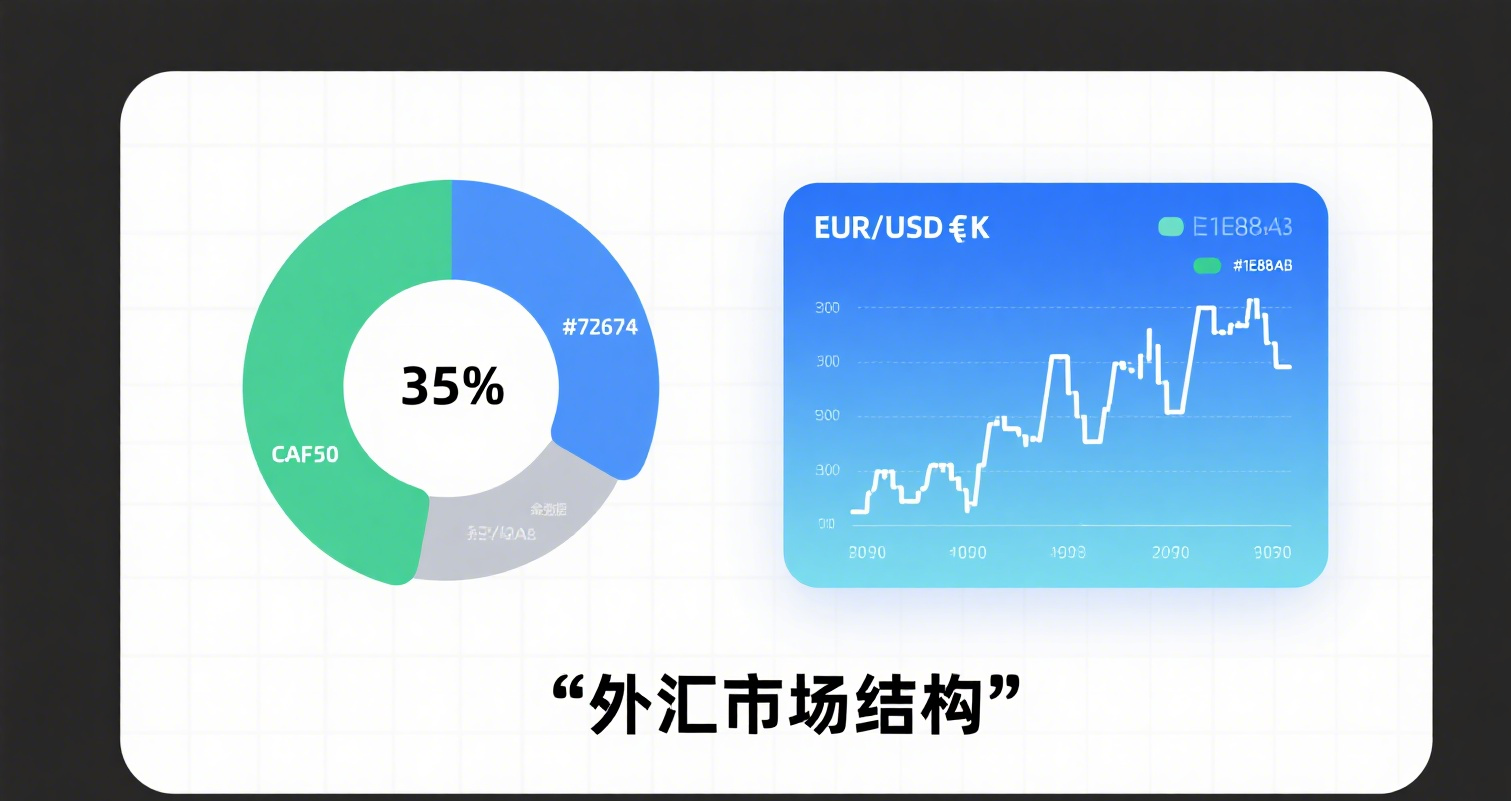
The Trap of Stock Dividends
Seeing the title, some might wonder: Are there really traps in stock dividends? In the book Tears of Stock Investors, Hong Kong investor Zhao Peng cited a case.
Generous Dividend Companies Are Not Necessarily Safe
The listed company Yinji Group (delisted in 2022) was a liquor distribution platform, dealing in various types of baijiu and cigarettes, and was the largest agent for Wuliangye.
Yinji Group went public in 2009, and its net profit declined in 2010—a common phenomenon, as almost all companies dress up their financial statements before going public to fetch a higher price. After listing, it takes time to digest the inflated performance, which is also a common occurrence in the A-share market.
When the 2010 annual report was released, some questioned whether the company had actually made money, as its operating cash flow for 2009 and 2010 was poor, with the combined two years not even reaching 50% of net profit. However, the company explained that a large amount of capital was tied up in inventory, and baijiu, as a special type of inventory, was nothing to worry about.
To dispel investor concerns, the company distributed all its earnings as dividends, with a dividend payout ratio as high as 98.6%. Investors chose to believe, and the stock price subsequently surged by over 300%. By the time the 2011 annual report was released, the company’s operating cash flow had turned into a net outflow of 224 million yuan, while accounts receivable skyrocketed from 17 million to 667 million yuan—nearly a year’s worth of profit.
By the interim report in November 2011, Yinji Group’s accounts receivable continued to deteriorate, forcing the company to halt dividend payments. At this point, the company still insisted there were no issues with its receivables, claiming some parties had simply fled. Some investors held out hope that dividends would resume once the receivables were collected. Unfortunately, what they got instead was an endless decline in the stock price.
The Importance of Operating Cash Flow
In my investment experience, I’ve also encountered companies with cash flow issues, such as Tasly and Vanke. My conclusion is that if a company’s operating cash flow is below 70% of net profit for two consecutive years, it’s a major red flag.
From 2011 to 2017, Tasly’s operating cash flow was far below net profit for all years except 2016—a highly abnormal situation. Failing to understand the reason could lead to stepping on a landmine.
I began investing in Tasly in January 2018 but initially overlooked its operating cash flow issues. It was only later that I realized the severity of the problem. My research concluded that its pharmaceutical retail business was dragging down cash flow. The company eventually sold off this division after efforts to improve cash flow failed, and its operating cash flow then normalized.
Luckily, despite encountering a cash flow issue, I avoided a full-blown crisis. Later, I exited Tasly at a loss, mainly due to losing confidence in its core business. Tasly’s eventual sale to China Resources Group indicated that its second-generation leader, Yan Kaijing, had no real interest in managing the pharmaceutical assets. If we don’t pay attention to operating cash flow, luck won’t always be on our side.
Since 2001, Vanke’s operating cash flow has consistently fallen below net profit during interest rate hike cycles or credit tightening periods—such as 2006-2008, 2010-2013, and 2018-2020. However, the situation from 2021 to 2023 was different.
After the "three red lines" policy for real estate in 2021, many declared: "The era of real estate is over." But I failed to connect this with my investment decisions. When Vanke’s 2023 annual report was released, I realized its cash flow was truly in trouble. The wild fluctuations in its bond prices months before the report didn’t alert me—it was only when I saw the report that I woke up to reality. The next day, I sold at the opening price, cutting my losses.
Perhaps Vanke’s past cash flow fluctuations lulled me into complacency, or perhaps my analysis of the real estate sector and Vanke was insufficient. Either way, this investment failed.
Based on my own investment experience and observations of other companies, if operating cash flow lags behind net profit (below 70%) for two consecutive years, the likelihood of a crisis increases significantly. Those with luck, like Tasly, might resolve it by divesting problematic businesses. Those without luck will face a crisis. Therefore, keep a close eye on operating cash flow.







